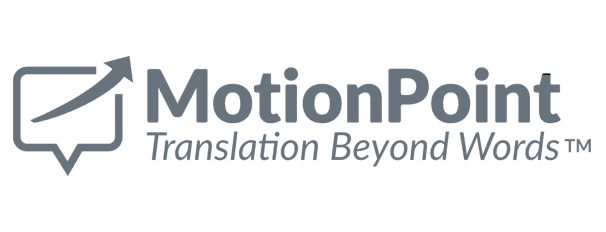




No mercado global, os clientes confiam muito mais, e gastam mais, em websites que literalmente falam seus idiomas preferidos.
Yet many major companies are just now beginning to appreciate the vital role language and website translation play for online global customers. Not only does it govern our online conversations and behavior, but it also limits what information we access.
Twenty years ago, researchers determined that about 80% of the Internet’s content was published in English—not surprising, given that the Internet was initially developed in the U.S. and UK, and was rapidly adopted in those countries.
Atualmente, as empresas precisam mais do que websites em inglês se esperam conectar-se eficazmente com clientes globais. A Internet e o mundo mudaram radicalmente desde meados dos anos 90. Para permanecerem competitivas, as empresas precisam acompanhar as mudanças.
January 1, 1983 is considered the official birthday of the Internet. Since then, a lot has changed. The Internet's expansion into a global communication landscape was swift. In 1993, after 10 years of existence, it only communicated 1% of the information flowing through two-way telecommunications networks. That shot up to 51% by 2000, and more than 97% by 2007.
Here are some of the ways the internet was able to expand into a global communication tool:
While everyone around the world has started to use the internet to interact, buy and sell goods, and develop professionally, the issue of language and communication barriers became evident. If the entire internet were to choose one language, what would it be?
A lingua franca is a language used to communicate between groups who speak different languages. It’s the most efficient way to get information across to multilingual audiences. For the internet, it represents the most common language utilized by web creators and businesses.
O aumento substancial no acesso à Internet durante a última década influenciou muito o conteúdo on-line. The number of Internet users worldwide is around 5 billion, up nearly ~126.24% from the 2.21 billion users reported in 2015. Grande parte desse crescimento acontece em mercados emergentes, onde o inglês é falado como idioma secundário ou terciário, se é que é falado.
Between the mid-90s and mid-2000s, English-language content dropped from 80% to about 45% of total online content, with some experts placing it at less than 40%. This trend was fueled by the global adoption of mobile and smartphone technology, and the emergence of social media. Chinese became the second-most common language used online, increasing by a staggering 2,227% since 2000.
Currently, English still holds the first place slot with 58.8% of Internet use. Russian is in second at 5.3%. Spanish represents a close third, with French trailing right behind in fourth.
China and India currently lead the world in Internet and social media usage. China now has 1.2 billion users, a majority of their current population. A China não é um mercado onde o inglês é o primeiro idioma e, na Índia, aproximadamente 90% dos residentes não falam inglês.
Studies suggest that about half of all Twitter posts are written in languages other than English—with Japanese, Spanish, Portuguese and Indonesian consumers being most active.
[insert YouTube video: https://youtu.be/bVeAN8h40Q4]
This ever-evolving linguistic landscape profoundly impacts global online business. De acordo com uma pesquisa de 2006 da Common Sense Advisory, 73% dos participantes eram mais propensos a comprar em seus idiomas nativos. Eight years later, the group conducted a larger-scale study. A demanda de consumidores tinha aumentado para 75%.
A pesquisa de 2014 constatou que aproximadamente 60% dos participantes "passam mais tempo em sites em seus próprios idiomas do que em sites em inglês ou boicotam totalmente URLs em inglês". Além disso, os consumidores globais expressaram o desejo de pagar mais por itens se informações descritivas forem fornecidas em seus idiomas preferidos.
By translating and localizing your business’ website to accommodate certain markets, you open yourself up to some great benefits:
The takeaway is clear: English hasn’t been the lingua franca of the Internet for many years—and as Internet adoption continues to grow worldwide, content in languages other than English will become increasingly vital for business.
Para permanecer competitivo em uma escala global, empresas de todo setor precisam proporcionar experiências on-line no mercado, no idioma e acessíveis a todos os consumidores locais em seus dispositivos preferidos. Website translation is now essential for businesses that want to grow and stay relevant. Embracing these inclusive best practices is mission-critical to achieving international business success.
MotionPoint’s Adaptive Translation™ is the first step to making your website more accessible and useful for multilingual consumers. Contact us today!